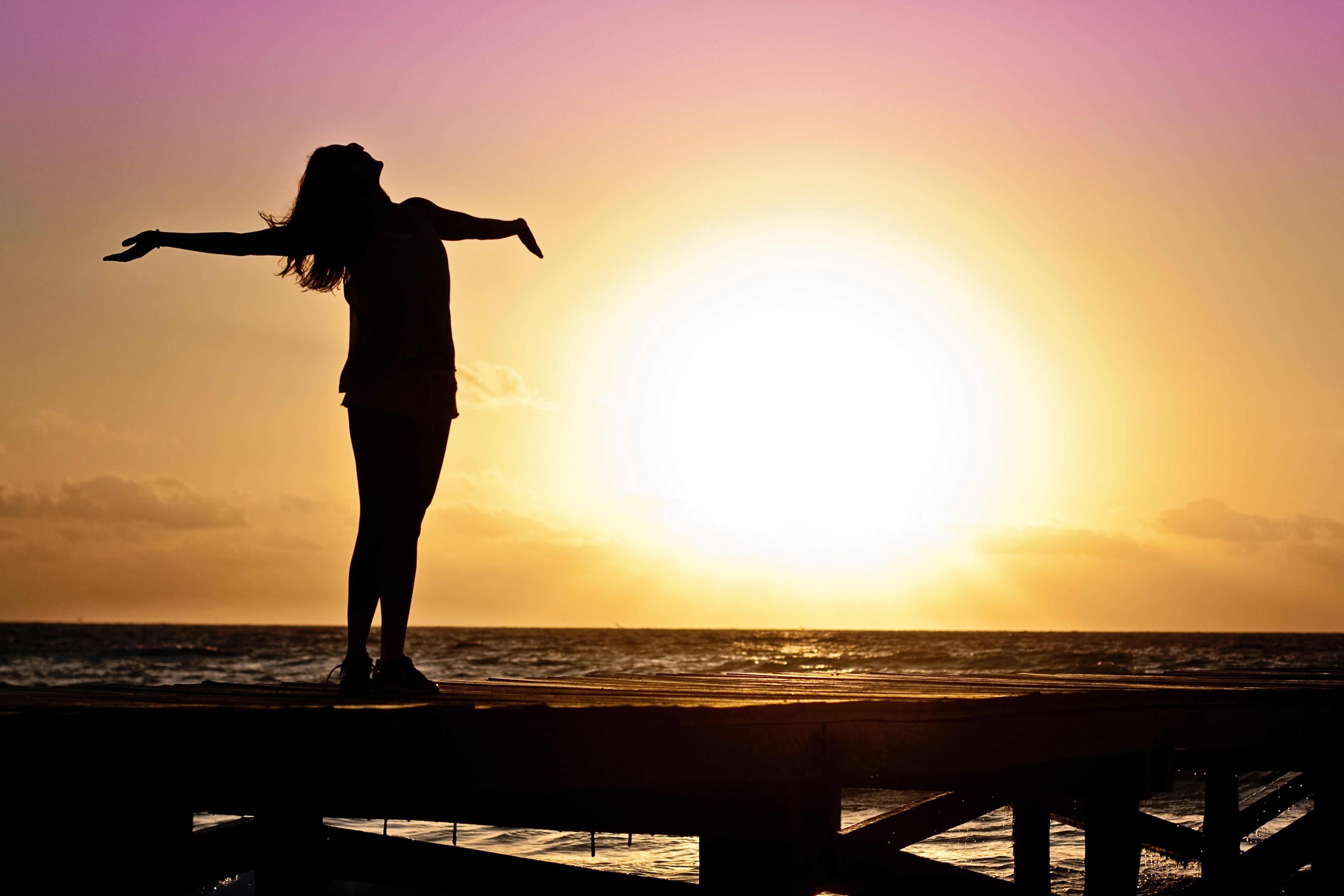
Mindfulness: 20 little gems
These are some of the little gems that I have picked up on my mindfulness journey, and links to other (re)sources that enlarge on my comments
Part 1: number 1 to 10
#1 anytime anywhere meditation
In our busy lives it can seem hard-impossible-at times to bring mindfulness into our everyday living. This is possibly because we have an idea that meditation is strictly the province of monks who sit for one or two hours at a time. But we can bring mindfulness, a sense of awareness and presence into our lives anytime and anywhere. Here’s how: find a place to pause. Take a breath in for 3 or 4 seconds, then out for the same. Do 4 rounds of this, then return to your natural breathing rhythm. Slowly recognise your environment, the colours, shapes, textures, scents, sounds and smells. If you can, reach out and touch, hold something in your hand. Breathe. Let the play of sound in your environment come and go; open up your awareness to your body and the sensations flowing through it as they come and go. Feel your feet on the floor. Let your awareness expand outwards, as if it was an ever-growing field of awareness as vast as an empty sky. Be present with this presence. Breathe and be. See https://www.mindful.org/get-good-pause/
#2 always here, always free
We’re beset by the things that we find difficult and distressing, that hurt us and mark us, leaving their negative influence on us. These things trap us, bind us, yet also remind us that the essence of mindfulness and mediation is awareness, and we have-or rather are-an awareness that is as boundless as an empty, vast, cloudless sky. To continue the metaphor, our thoughts, emotions and sensations, our beliefs-enabling and disabling-are akin to clouds that roll through the sky; our awareness is akin to the sky itself, which is never troubled or marked by weather. It is always here and always free, and all we have to do is switch our attention and focus on awareness itself. See https://mindful.stanford.edu/2015/06/thought-clouds/
#3 thoughts are not facts
Here they come, out of nowhere, a whole raft of thoughts and thinking thinking thinking that we grasp onto and convince ourselves that they are factually real. How can they be? They go, and new(ish) thoughts pop up. Its endless! We know that thoughts self-arise (come from nowhere), self-display (make a bit of show of themselves) and self-liberate (go), endlessly, and there is no end to this. This is not a problem, it’s the middle bit, the self-display that becomes problematic, for here we either push away the thought or grasp onto it (neurologically it’s the same act) thus reifying thoughts as fact. They are not, just fleeting clouds in the sky of our awareness. Don’t trust them, or your feelings or emotions, they are too fleeting to be of significance. See file:///C:/Users/Uer/AppData/Local/Temp/all-handouts-for-session-6.pdf
#4 anything, everything meditation
Mindfulness meditation is often promoted as relaxation, stressbusting, a way of helping us with mental health issues such as anxiety, depression of panic attacks. Mindfulness works well in these domains, and there is a lot of good evidence to support its use in psychological support, but these are the by-products or side effects of mindfulness-good reason to practice mindfulness by not really what mindfulness is about. Mindfulness is about cultivating awareness. Awareness of what? Anything and everything. It is about letting, allowing your experience, to be as it is without holding onto it, letting every cloud in the sky of your mind, every thought, emotion and feeling, every physical experience to play out, as it is, without identifying with it. This is easier said than done, we can get a lot of very pleasant experiences in meditation, but opening the doors wide to everything? That’s got to be scary! The answer to this is not to open the doors wide, but to let the content of thoughts, emotions and feelings to enter while the door is ajar-in other words, a little at a time so you do not become overwhelmed. Mindfulness is a faculty that can be cultivated, and the sky of your awareness without holding can grow vaster still with practice, and with practice can hold anything and everything. See https://www.tarabrach.com/meditation-mindful-awareness/
#5 loving the waterfall
For most of us, when we begin mindfulness meditation it gets worse. What gets worse? Thoughts, thoughts that we had in manageable quantities, that trickled or flowed like a brook are now a waterfall of chaotic thinking thinking thinking. How is this supposed to help? In reality your thoughts are not increasing, but your awareness of your thought stream or waterfall is: welcome to you! Don’t suppress this, let the waterfall fall, just as if you were standing underneath an actual waterfall, it will calm itself-in time-if you just let it. This is all going well. This is purification happening as it is happening. See http://tathaastu.com/tumbling-like-a-waterfall-thoughts-and-your-meditation-practice/
#6 the path and the goal
We’re a goal orientated nation; actually, the western world is obsessed with goals and outcomes, at work we’re performanced managed until our eyes bleed. Mindfulness is not goal orientated, it cares little for outcome or measurement, it stands to one side of the striving workhorse that we bring to our everyday lives. There is nowhere to be, nowhere to go, nothing needs to change. Mindfulness is about path, and the path is practice, not about getting it right or wrong, but practice. The path is practice, the practice is mindfulness and mindfulness is awareness. The path is awareness. No goal, no outcome. See https://www.mindful.org/meditate-with-intention-not-goals/
#7 no straight lines
Mindfulness comes and goes, we are “up” and then we are “down” with our mindfulness practice-and our lives. There are no straight lines, and we are wiser when we do not expect things to be straightforward, but more complex. See https://www.mindful.org/getting-results-from-mindfulness-and-letting-go-of-them/
#8 life is a pain
Or rather, pain happens. In your meditation make a distinction between pain-which we cannot avoid-and suffering, the story that we create from pain. In this sense our suffering becomes the “suffering in our suffering” an endless loop of more. To become more mindful of our suffering is to roll back the story and be with the pain, learn how to carry it, be with it, learn from it, discover it’s meaning and wake up from it: pain wakes us up and encourages us to make an empathic connection to all, it encourages a kinship with all created things. See https://www.psychologytoday.com/us/blog/mindfulness-in-frantic-world/201501/can-mindfulness-meditation-really-reduce-pain-and-suffering
#9 take what you get
Whatever arises in meditation, this is what you get. Don’t judge or evaluate it but do inquire into it; self-inquiry is another hallmark of meditation. Be curious about the mindfulness of thoughts, concepts and emotions, bodily sensations that arise and reflect on these things. Is there a past connection? Are they familiar to you? Have you been carrying them for a while? Forever? Can you learn to let go, bit by bit? Do you need them at this moment in your story, in your life? Perhaps they were useful at one time, but not now? What is the view of awareness in all this? See https://mindfulminutes.com/video-mindfulness-self-inquiry-jon-kabat-zinn-byron-katie/
#10 compassion
Our mindfulness can be dry with only inquiry as a companion. It can also encourage us to further turn away from difficult thoughts and emotions. This is why we need self and other compassion; it is crucial on the path. In essence this is about re-relating to ourselves not with the striving self-criticism that we ordinarily have but finding greater degrees of self-acceptance and compassion for all our humanness. Here is where we approach our messy selves. My teacher Rob Nairn suggested that we should accept ourselves as a “compassionate mess”. Find more on compassion here http://wtm.thebreathproject.org/wp-content/uploads/2016/03/COMPASSION-HANDOUT.pdf





Write a Comment